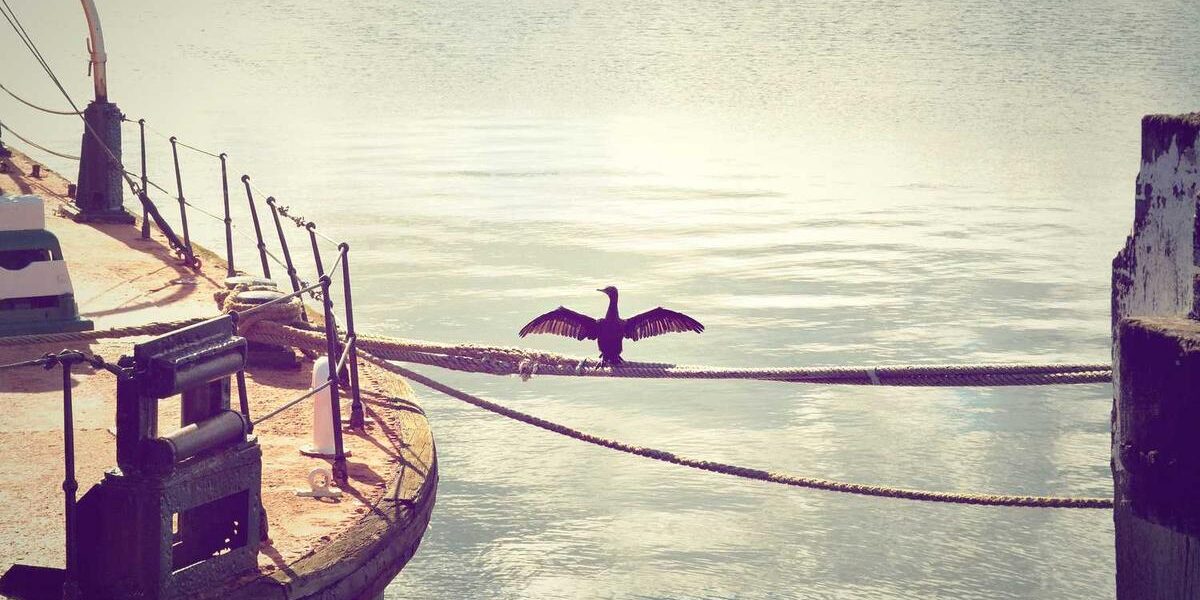Understanding the M2 Flamethrower
The M2 flamethrower was a prominent tool used during World War II. It offered soldiers a means to clear bunkers and enemy fortifications. This device was effective in close-range combat, projecting a stream of ignited fuel. It was a portable, backpack flamethrower developed in the United States.
Its design included a fuel tank carried on the back, a hose, and a wand-like nozzle. The M2 could unleash a deadly blaze covering a distance of 20 to 50 meters. It weighed approximately 70 pounds when fully loaded. This weight included the fuel, which limited the mobility of its operator.
The Components of the M2 Flamethrower
The M2 had three main components: the fuel tanks, the regulator and pressure assemblies, and the flame gun. The twin fuel tanks could hold up to seven gallons of gasoline mixed with a thickening agent. This mixture created a sticky, incendiary fuel. A nitrogen cylinder pressurized the fuel, allowing it to spray out forcefully.
The wand or flame gun had a trigger mechanism. This trigger activated the igniter, creating a pilot flame at the tip of the nozzle. The operator could then control the release of fuel, sending a stream of fire toward the target. The nozzle was often equipped with a small reflector, preventing the operator from being hit by backfire.
Historical Use and Impact
The M2 played a critical role in the Pacific Theater of World War II. Its ability to flush enemies out of fortified positions made it invaluable in jungle warfare. However, the weapon had its drawbacks, especially in terms of weight and fuel limitation. Typically, an M2 operator carried enough fuel for around 7-10 seconds of continuous fire.
This necessitated support from other soldiers, who carried additional fuel or protected the operators. The weapon created psychological impact as much as physical. The sight of its flame often led to the surrender of opposition forces, particularly in trench warfare.
Post-War Evolution
After World War II, the M2 was adapted and improved for use in subsequent conflicts. During the Korean and Vietnam Wars, flamethrowers continued to be used, although more advanced models appeared. Increasing concerns over the safety and ethical use led to a decline in their deployment.
Modern warfare sees limited use of flamethrowers. They add significant risk to the operator and raise questions about humane warfare practices. However, flamethrowers inspired technological innovation and a greater understanding of incendiary devices.
Availability and Sale in Modern Times
Today, seekers of flamethrowers typically encounter civilian-grade models. Online markets and specialty stores offer flamethrowers for agricultural and recreational use. The sale of military-grade flamethrowers like the M2 is highly restricted. Most countries have stringent laws regulating the possession and use of such devices.
In the United States, flamethrower laws vary by state. Some states have outright bans, while others require permits or have no specific restrictions. Purchasers need to be aware of their local laws to avoid legal consequences.
Considerations Before Purchase
Potential buyers should consider several factors. Firstly, the intended use should align with legal guidelines. Agricultural uses include controlled burn situations or clearing brush. Recreational use could involve private events or demonstrations, where safety can be assured.
Understanding the risks involved is crucial. Flamethrowers pose a significant hazard and require proper training and precautions. They are not toys and should be handled with utmost respect. Misuse can lead to severe injury, legal action, or damage to property.
Modern Civilian Flamethrower Models
Several companies have developed consumer-friendly flamethrowers. These models often have a limited range and smaller fuel tanks, increasing safety. Notable examples include the Not-a-Flamethrower by The Boring Company and the XM42 by Throwflame.
- Not-a-Flamethrower: Developed by Elon Musk’s The Boring Company, it’s a lightweight model with a short fire range. It’s branded humorously to avoid regulation issues.
- XM42: This model offers a more classic design, similar to historical flamethrowers. It’s popular among enthusiasts for demonstrations and controlled uses. It incorporates safety features to mitigate risks.
These models cater to niche markets that find legitimate uses for such devices. Purchasers often include pyrotechnicians, farmers, and collectors. Training and a comprehensive understanding of flamethrower operation are advised for all potential owners.
Safety Measures and Legal Compliance
Safety should always be the priority when operating a flamethrower. Users must ensure they are in a controlled environment, away from flammable materials or structures. Protective gear is essential, including fire-resistant clothing, goggles, and gloves.
Treating fuel with care is critical. Proper storage and handling of combustible materials are necessary to prevent accidental ignitions. Operating in teams, with someone designated to monitor safety, enhances security.
Purchasers should confirm that their usage complies with local regulations. Acquiring permits, if required, should precede any operation of a flamethrower. This not only adheres to the law but also reduces liability in case of accidents.
Resources and training on flamethrower safety are available through various channels. Manufacturers often provide guidelines and operational manuals alongside the devices. Joining online communities or forums can also be beneficial, pooling knowledge from seasoned operators.
Conclusion: Navigating the Market
While military-grade flamethrowers like the M2 are iconic, they are mostly inaccessible to the general public. Civilian versions offer a semblance of the experience, suited for various practical applications. Given legal restrictions and safety concerns, diligent research and preparation are key to a responsible purchase.
Showcase your collection with a challenge coin display case.
